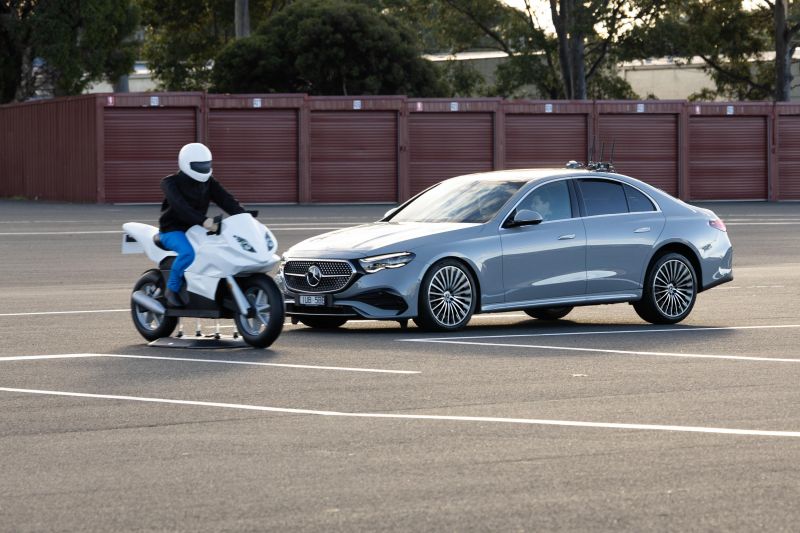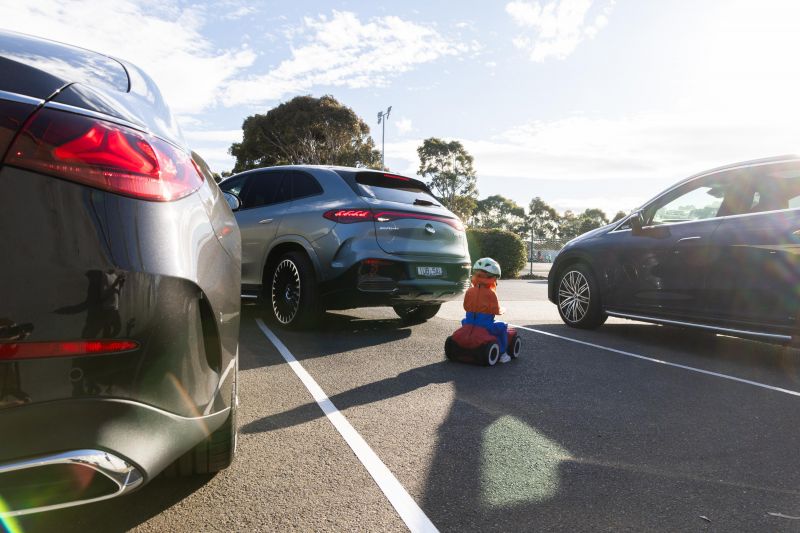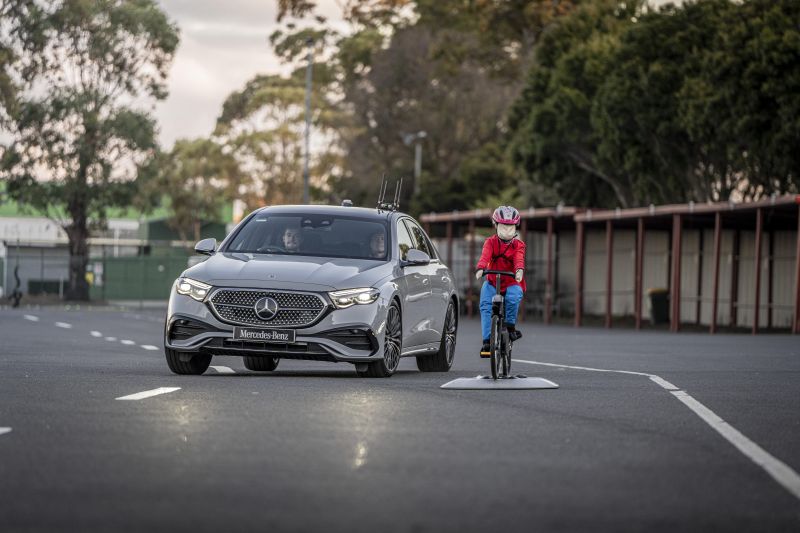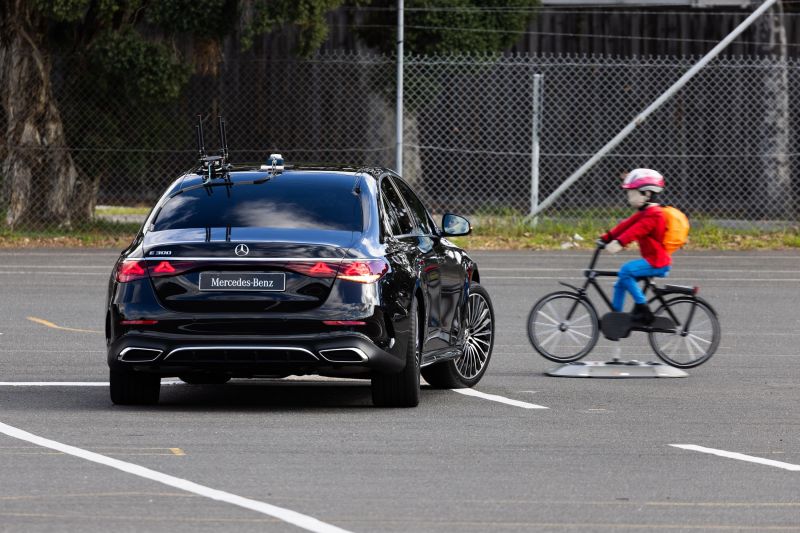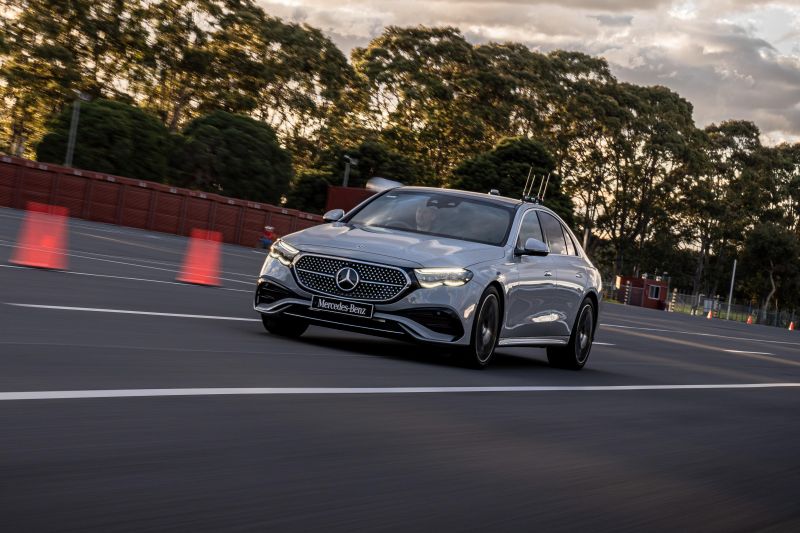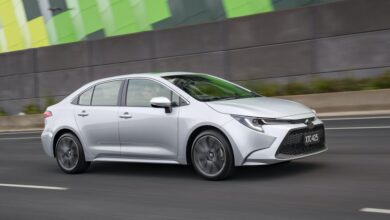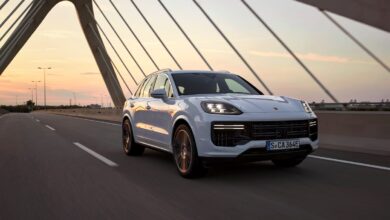Mercedes-Benz won’t turn buyers into beta testers like Tesla
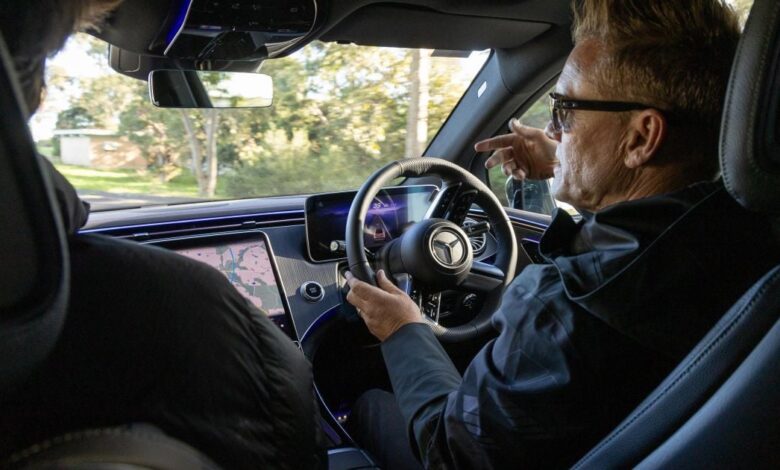
Mercedes Benz remains firm in its stance that its customers should not test unreleased driver assistance and autonomous driving software.
Head of active safety and testing at Mercedes-Benz, Jochen Haab, said Car expert He believes it is the responsibility of manufacturers to ensure systems are “as safe and complete as possible.”
“Half my team would go bankrupt!” Haab joked before continuing: “We do beta testing, my team calls it field validation.”
“It’s our approach to have a mature system in the market and let it mature. [and] in the market. That doesn’t mean… if we find things to improve, we won’t improve them. [via over-the-air updates].
“But when we launch the product, you’ll have a use case, you’ll have a checkbox, and you’ll have an asterisk on it – I don’t want to sound arrogant – that ‘Jochen and his team beta tested me’.
“That’s our approach, because you never know who’s driving it. I have that in my family – my kids, okay, they’re grown up now, but when they start driving, I don’t want them to have a beta.
“Of course you don’t. Have to run beta but no i don’t believe in that.
“I think it is the manufacturer’s responsibility to make sure the system is as safe as possible and as complete as possible. That’s what Mercedes does.”
At Mercedes-Benz’s recent Intelligent Drive Insight event, Haab and his team detailed Drive Pilot – the brand’s new Level 3 autonomous driving system that is being rolled out in select regions with models such as S-Class And EQS.
Where permitted – currently limited to motorways in places like Germany and California – Mercedes-Benz Drive Pilot can be activated via steering wheel-mounted controls and provides conditionally autonomous driving assistance at speeds of up to 60km/h.
A turquoise light will illuminate the steering wheel controls and instrument cluster to signal that the system has been engaged and the car will take over from the driver without the driver having to put their hands on the wheel or pay full attention. There is a range countdown for the auto-zone that is calculated using map data.
If driver control is required, the aforementioned turquoise sections will illuminate red and the driver will have a short period of time to regain control of the vehicle or the vehicle will safely come to a stop as part of an emergency stop procedure.
By the end of this year, Mercedes-Benz hopes to increase the capability to over 90km/h in Germany and roll out the extended speed range in other relevant markets. By the end of the decade, Mercedes aims for Drive Pilot to be capable of speeds of up to 130km/h.
Essentially, Drive Pilot-equipped vehicles require twice the computing power of current vehicles running Level 2 autonomy, and the brand has built in a backup system architecture in case System 1.0 fails.
Cars equipped with Drive Pilot have an additional battery, as well as separate wiring for systems like braking and steering. That’s in contrast to Tesla, eliminated radar and ultrasonic sensors for driver assistance systems.
The outspoken CEO of the American electric car maker, Elon Musk, even openly criticized the use of LiDAR in vehicles. Although technology plays a key role in many brands’ autonomous driving systems.
Tesla is also known to have removed various components including parking sensors and other modules – includes a spare steering controller – save cost and semiconductor.
Furthermore, the marketing of the Autopilot brand and the public beta testing of so-called Fully Self-Driving Cars have criticized by many authorities because Multiple reports of collisions And Driving for the wrong purpose leads to an accident.
While Mercedes-Benz’s Level 3 technology is currently limited to the company’s expensive flagship models for the time being, the next generation is understood to be CLA could be a startup campaign as it is available in more affordable models.
Previewed by the CLA Class Concept at last year’s Munich motor show, the next-generation CLA is expected to debut sometime in 2026, using a new scalable platform called MMA, which will accommodate both internal combustion and electric powertrains.
The 2023 concept is said to offer Level 2 partially autonomous driving capabilities, although the installation of LiDAR suggests this capability could be expanded before market launch.
However, Level 2+ technology now allows drivers in some areas to drive hands-free on highways as long as the vehicle detects the driver is paying attention.
Do you agree with Mercedes-Benz’s stance? Share your thoughts in the comments section below.
